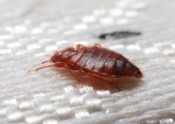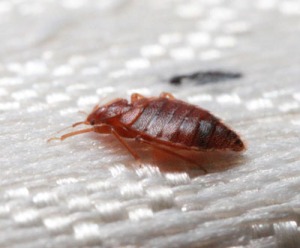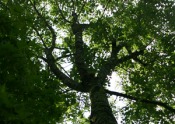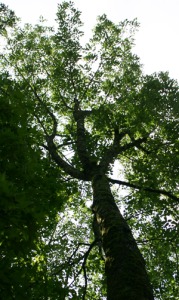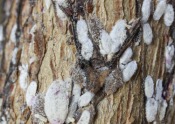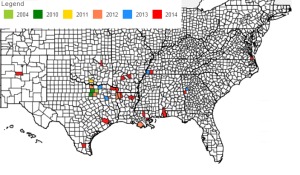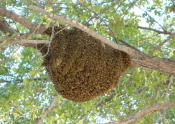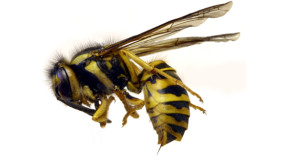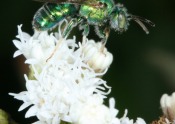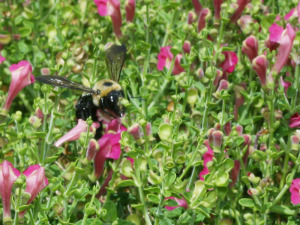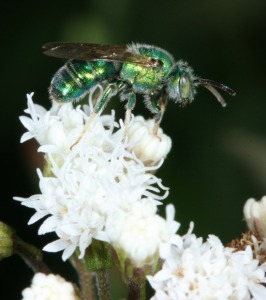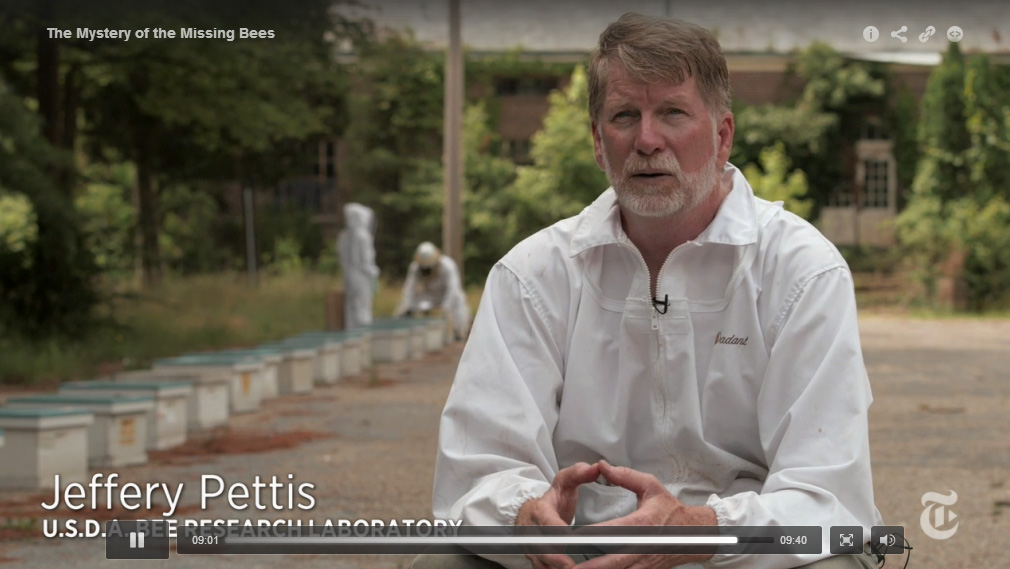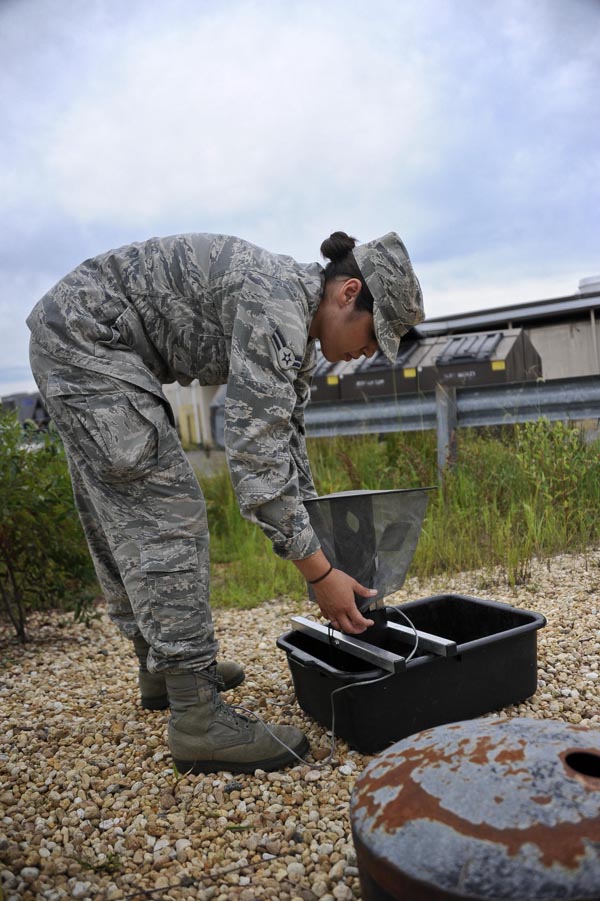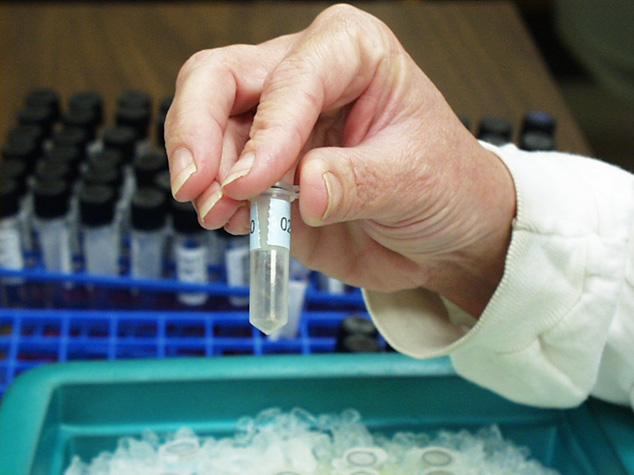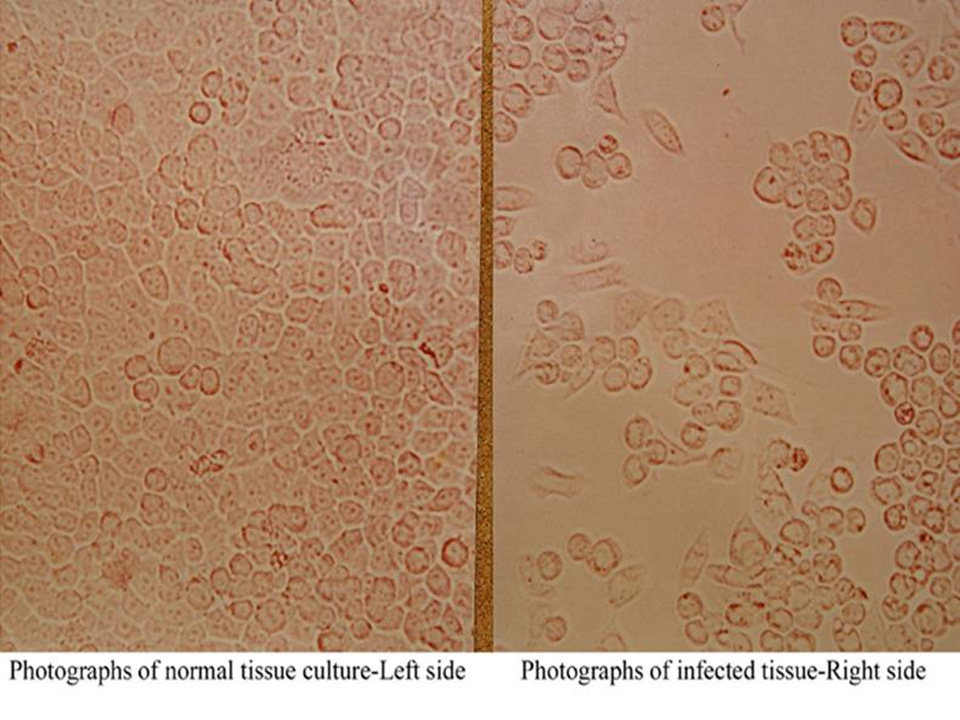
 Pardon me for this personal note, but many of you from Texas who read this blog knew Dr. Jim McAfee, retired turfgrass specialist with Texas A&M AgriLife. Jim passed away Saturday morning, Jan 31, in Richardson, TX. Dr. McAfee was a great friend to many, and a great teacher and mentor for anyone interested in turfgrass and weed management. Jim retired in 2013, but his career spanned four decades of service to the Texas A&M University System. He also worked for TrueGreen/ChemLawn in both Texas and Georgia. If you had a turf problem, Jim was always willing and available to assist. He worked very closely with public schools around the state, training and advising them on sports field management. I have no idea how many homeowners he assisted over the phone, and in person, but I know he helped me with lawn questions on many an occasion.
Pardon me for this personal note, but many of you from Texas who read this blog knew Dr. Jim McAfee, retired turfgrass specialist with Texas A&M AgriLife. Jim passed away Saturday morning, Jan 31, in Richardson, TX. Dr. McAfee was a great friend to many, and a great teacher and mentor for anyone interested in turfgrass and weed management. Jim retired in 2013, but his career spanned four decades of service to the Texas A&M University System. He also worked for TrueGreen/ChemLawn in both Texas and Georgia. If you had a turf problem, Jim was always willing and available to assist. He worked very closely with public schools around the state, training and advising them on sports field management. I have no idea how many homeowners he assisted over the phone, and in person, but I know he helped me with lawn questions on many an occasion.
Jim was a real people person, and always had a story or anecdote about times growing up as the son of an A&M professor, or about one of the many people he knew. He made afternoon breaks (always with coffee) fun, and he will be deeply missed by all of us here at the Dallas Research Center who knew him.
Jim is survived by his wife of 47 years, Kayla McAfee of Richardson, Texas; son Thomas McAfee and wife Jewell McAfee and their sons Steffen, Dylan and Brandon, all of San Antonio Texas; son Alan McAfee and wife Stephanie McAfee and their son Carson, of Garland Texas; son Eric McAfee of Richardson Texas; and sister Virginia Pittman of College Station Texas.
Funeral Services will be held this Wednesday, February 04, at 2:00 pm at the Sparkman Richardson Funeral Home 1029 S Greenville Ave, Richardson, Texas 75081, (972) 238-7855. There is a visitation today, February 03, from 5:00 pm – 7:00 pm. . In addition to the DFW services, there will be a service in College Station at Memorial Funeral Chapel, 1515 South College Ave, Bryan, TX 77801, 979-823-8125 on Thursday, February 5, 2015 at 2:00 PM, followed by his burial near the rest of his family in College Station.
Guests attending either of these events are encouraged to dress casually as Jim was “not a big suit and tie kind of a guy” and wouldn’t want any of us to dress up just for him. In lieu of flowers the family requests that donations be made to the Dr. T.E. McAfee Memorial Fund Scholarship at the Texas A&M Foundation. Checks should be made payable to the Texas A&M Foundation and mailed to 401 George Bush Dr., College Station, TX 77840. Please note on your check “In memory of Dr. James A. McAfee ’67.
